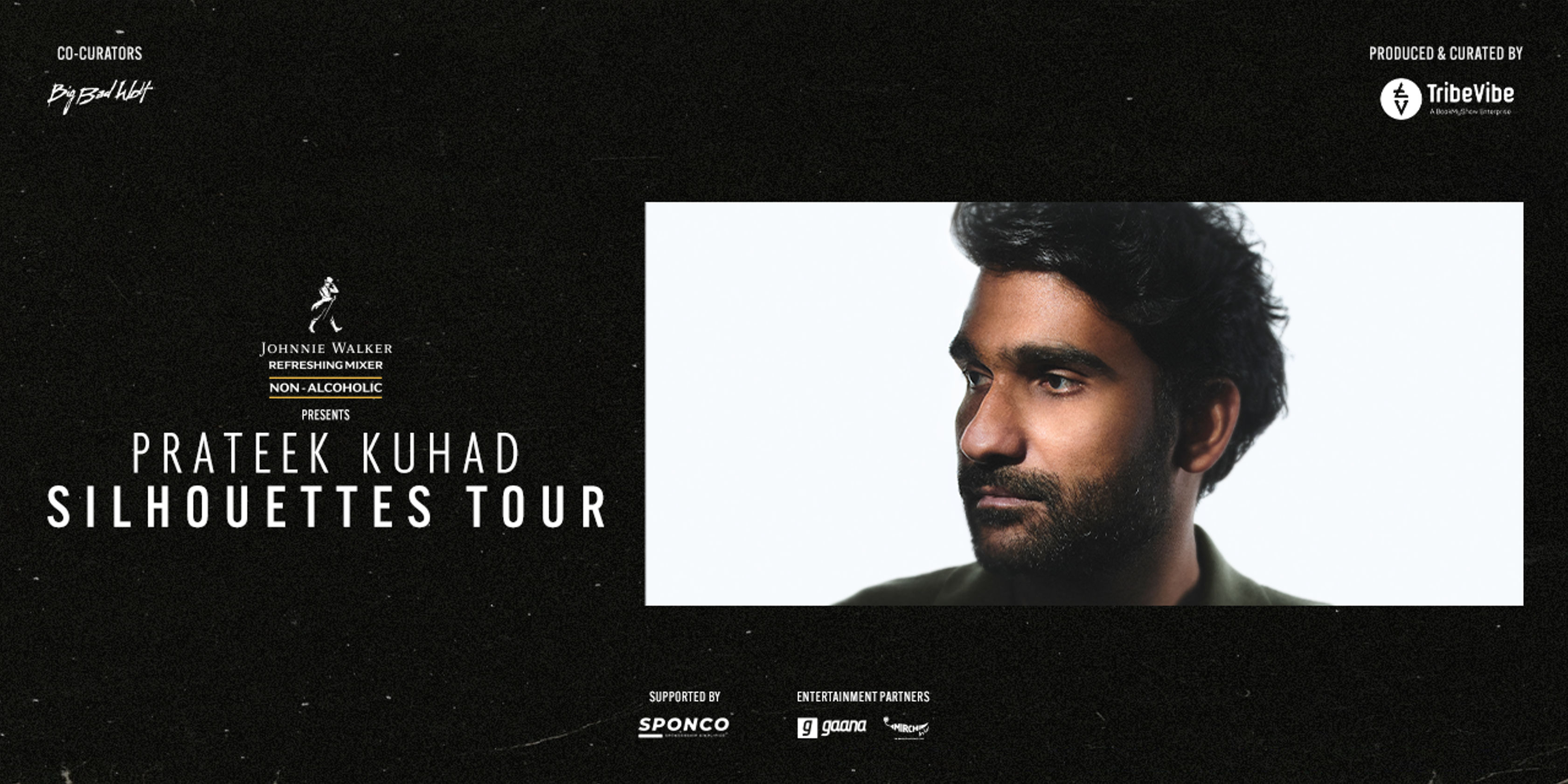Search Topic
The Art Of Thaat: A Complete Guide.
What is a thaat?
There is a scale in Hindustani music which is called a thaat. The thaat is not the same as the Western musical scale, as it is not used as a tool for composition but rather as a basis for the classification of ragas. Not all ragas have to follow a strict compliance with a thaat; for example, a raga said to belong to one thaat may not allow all the thaat’s notes and may require the heptatonic scale. The traditional raga is a form of classical music in North India that consists of ten basic elements or frameworks. The thaats are Bilawal, Kalyan, Khamaj, Bhairav, Poorvi, Marwa, Kafi, Asavari, Bhairavi, and Todi. Many traditional ragas are composed using these ten thaats.

In general, most Hindustani ragas belong to ten different scales. The scales function as key signatures for individual ragas. For example, if you know that a raga belongs to a scale called Kalyan, then that particular raga uses a sharp variant of the Madhyam note in note 4. When a scale is called Kafi, the flat variant of Gandhar and Nishad is used in note 6.
During the early decades of the twentieth century, Vishnu Narayan Bhatkhande, a notable musicologist in the field of classical music, developed the modern thaat system. In the vast majority of these instances, the thaats are also ragas, but they are completely different musical entities. This difference could be crucial to determining what a raga is or is not.
Table of Thaat
| Sl No | Name of Thaat | Key Factors | Notable Ragas |
| 1 | Kalyan | Teevra Madhyam | Yaman, Kalyan, Sarang |
| 2 | Bilawal | All Suddha Swaras | Alahiya Bilawal, Durga |
| 3 | Bhairav | Komal Rishabh and Komal Dhaivat | Bhairav, Ahir Bhairav |
| 4 | Bhairavi | Komal Rishabh, Komal Gandhar, Komal Dhaivat, Komal Nishad | Malkauns, Bhairavi |
| 5 | Khamaj | Komal Nishad | Jog, Saraswati |
| 6 | Kafi | Komal Gandhar, Komal Nishad | Bhimpalasi, Mian Malhar |
| 7 | Asawari | Komal Nishad, Komal Gandhar, Komal Dhaivat | Asawari, Darbari Kanhada |
| 8 | Marwa | Komal Rishabh and Shuddha Dhaivat, Teevra Madhyam | Marwa, Vibhas |
| 9 | Todi | Komal Rishab, Komal Gandhar, Komal Dhaivat, and Teevra Madhyam | Bilaskhani Todi, Gujari Todi |
| 10 | Poorvi | Komal Rishabh,Suddha Gandhar,Suddha Nishad and Teevra Madhyam | Deepak, Jaitsri |
Conclusion:
We’ve covered a lot of ground in this guide. We will come with more deep discussion on each and every thaat. From the basics to more advanced theories. We hope it has been helpful.








